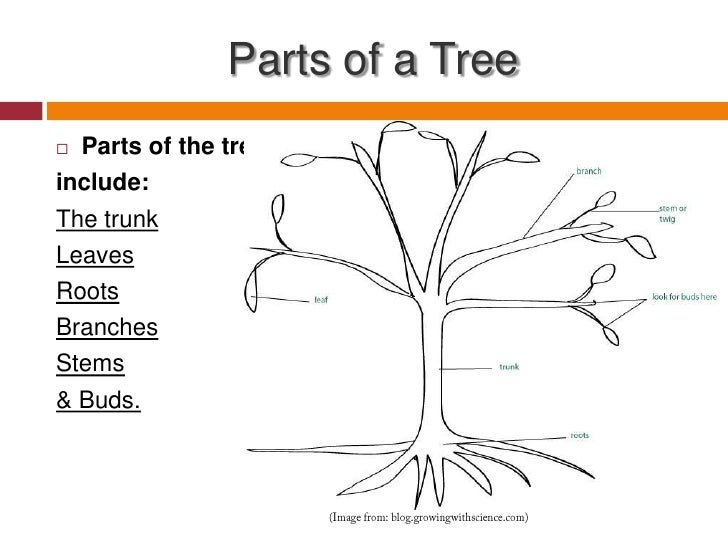Look closely at this diagram of a tree:


Assume that
- the base of the tree (where the roots and trunk meet) is the STAR point for all sorts of DC cabling (telephone, data, coax)
- The leaf is the access point (Rj45, coax or RJ11 socket)
- The junction of branch and the trunk is the entry into each room
- The junction of the branch and the stem/twig is the link to each access point
Now visualize if the tree was actually a tree of conduits b(pipes) and how much cable each would carry. It should be immediately clear that the trunk carries the max (all cables of the apartment), the branch carries all cables of the room, and the stem/twig carries cables to a particular access area (like TV, Study, phone stand, etc). So we need to use maximum three type of conduits:
- the thinnest from stem-branch junction to each leaf (access point). This can be termed as drop cable.
- Medium thickness to from trunk-branch junction to a point neat at each wall where you anticipate the need of an access point (typically 2 walls, but could be more)
- Thickest ones from star point to entry of each room
At each junction, you should use at-least a simple accessible electrical junction box to help routing of the cables. Once these conduits are laid and usable, you can al\ways pull additional cables from star point in future (difficult to anticipate each and every cabling or access point at one go), the only change potentially required is to pull an additional thin conduit from the wall to that access point. It is also possible to put modular patch panels or junction (very structured wiring) at each junction.
- Suman Kumar Luthra @ APRC-P3 Telecom Sub-Committee
No comments:
Post a Comment